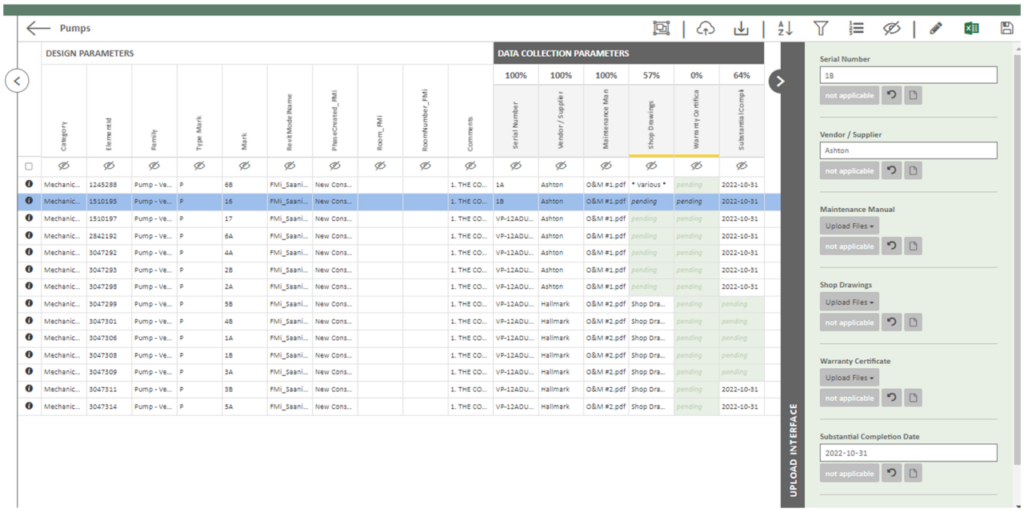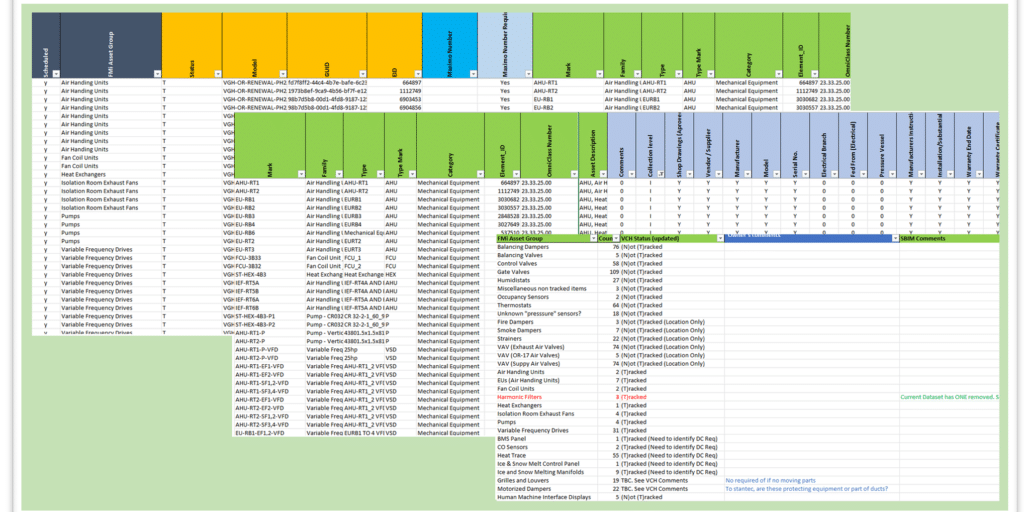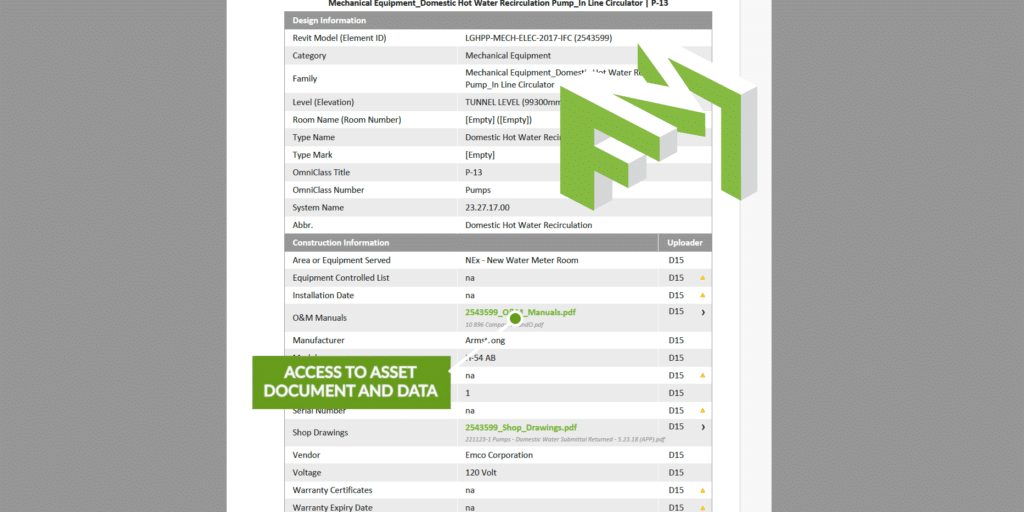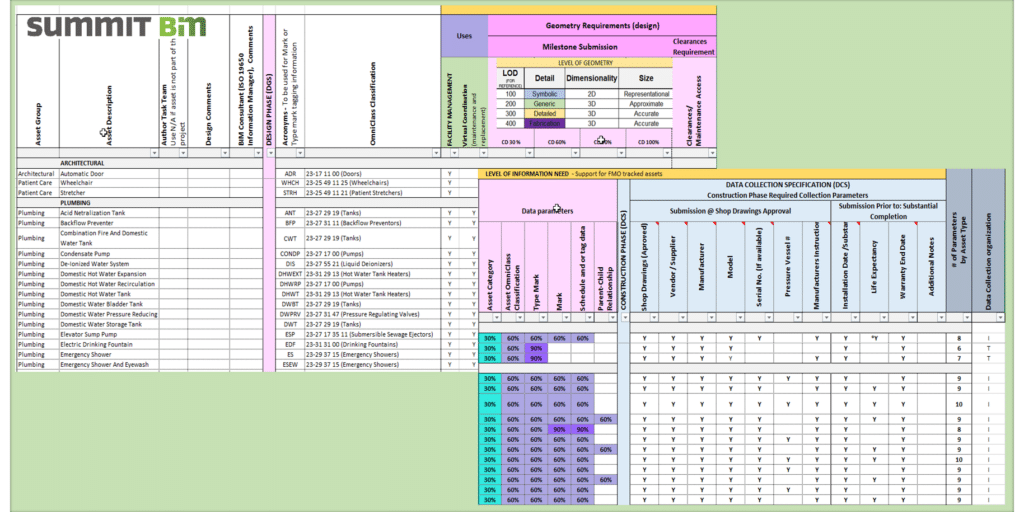Building Useful Asset Information: Practical Thoughts on Getting Started with Lifecycle BIM

We’re just starting to see the adoption of a BIM process where the data generated in design, is added to by the construction team, and then handed over as a complete digital dataset to the facilities management team. This lifecycle BIM process must be led by facility owners, but many owners are unsure of how to pragmatically move forward with it.
I had the opportunity in January to mediate a panel discussion with facility owners who are piloting or have completed lifecycle BIM projects. While we briefly touched on the software component of BIM, the focus was on the people, process, and policy components of lifecycle, owner-led BIM. Watch the complete session here.
Stefan Melynyk, Director, Mixed Use Projects, Century Group was one of our panelists. Today, he shares some of his thoughts about what prompted Century Group to adopt a lifecycle BIM process on their latest project and the learnings along the way.
What drove you to adopt a lifecycle BIM process?
As the complexity of our projects increased, so did the number of issues that we had at asset handover. The assets either did not meet the requirements of our operations/facility management team – for example, lack of access to key equipment or inaccuracy of placement in the building – or we weren’t able to collect the data required from the design and construction team for handover at all.
The Holland Parkside project – a four-tower, mixed-use complex – provided us with an opportunity to develop a smoother, more efficient BIM process. Our goal was to reduce cost over the project and improve the quality of information available to our operations/facility management team.
Where do you start with BIM for facilities management?
We understood the issues that we had on past projects and we understood that BIM could help mitigate many of these issues on future projects. The challenge, for us, was translating the requirements of our operations/facility management team for building assets into a process. It’s not as simple as telling your team to just design in BIM and expecting the results to show up at handover.
We hired a BIM Consultant to develop an Owners BIM Requirements document. They helped facilitate a series of workshops with our key internal stakeholders to identify what information was needed by each team, when. Their technical expertise drove the creation of the final requirements document which was embedded in the procurement process with the Design and Construction proponents.
How has your BIM thinking evolved over the course of the project?
As an Owner, we did not have a firm understanding of the robustness of BIM. We thought of BIM as a solution to improve design coordination. We also assumed that telling our team to design to BIM LOD 200 and 300, in select areas, would be enough to resolve our past issues with handover to operations. Today, we see BIM as a tool to structure data for both model geometry and for collecting the data and documents required for the assets we want to track.
What was your greatest challenge? What would you have changed?
We wish that we had a better understanding of the robustness of BIM prior to the procurement of our design team. Formalizing our requirements to an Owner BIM Requirements document earlier would have flushed out many of the issues and challenges that we saw later in the process.
For example, we discovered that the minimum level of geometry we asked for early in the design process, was more than the mechanical consultants could provide at that time. They tend to be more diagrammatic in the early phases and needed the support of an integrated mechanical contractor to achieve the requested level of detail.
We also found that various team members had their own levels of BIM maturity. There was a significant challenge in aligning the expectations of team members with what we considered a standard BIM process versus what was an additional requirement being requested by the Owner. Most discipline governing bodies list a BIM process as an additional service rather than one that is integral to delivery.
To see the promised efficiency gains of BIM we need collaboration amongst all stakeholders. How do you think the industry can work better together to facilitate lifecycle BIM?
We need more open discussions between owners, design professionals, and construction professionals around what BIM is as well as the barriers and pain points that each team faces. This would support a common understanding of what BIM is and establish a standard process and set of deliverables on projects.
Instead of relying on industry to organically become better at BIM, there needs to be a governing body that defines a standard BIM process across disciplines and phases of the design, construction, and handover of projects. It needs to address the definition of key terms, establish what constitutes a standard service to a BIM process, and identify what is considered additional services.
Anything else that you would like to add?
Lifecycle BIM is complex. Owners need to understand their own needs when implementing BIM and identify their requirements early on – start with the end in mind! Engaging a BIM consultant who understands how the stakeholders work together and can help develop an Owners BIM Requirements document will move you forward in leaps and bounds.
New to BIM for Owners or Facilities Management? Start here with a definition of what BIM means for Owners and what data you can (and should) collect.
Read more in this series from Owners – Mattamy Homes talks about their journey into lifecycle BIM.
Stefan Melynk, Director, Mixed Use Projects, Century Group
Stefan has over 20 years of experience in real estate development as both a director and project manager. He leads the initiation, design, construction, and handover of large operating assets across the industrial, infrastructure, commercial, and residential property sectors. Mr. Melnyk is a member of the Project Management Institute and is certified as a Project Management Professional. He is passionate about advancing the use of BIM to support improving the delivery of projects and integrating all key stakeholder requirements involved through the lifecycle of a project.
Geraldine Rayner, Managing Principal, Summit BIM
Geraldine is passionate about working with owners, operators, contractors, and designers to ensure they get the most from their building data. With a focus on driving BIM data through design and construction to facilities management, she has led the development of BIM requirements and processes for large projects in healthcare, education, and airports. She has over 30 years of experience in the AEC industry, is a registered architect, leads the CanBIM Development, Asset Management & Lifecycle Think Tank, and sits on the buildingSMART International Steering Room Committee.
Related Posts

Data Collection through Construction

Coming to Canada: A BIM Consultant’s Journey

BIM and the Art of an Asset Registry

Digital Handover – a less stressful solution

DGS/DCS Evolution – A Retrospective

Data Visualization and Collection for FM Handover

Data and Document Collection for FM Handover


